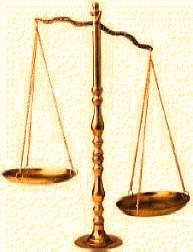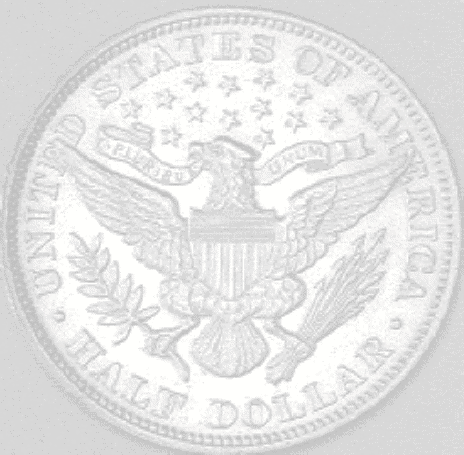
|
|
||
|
|
|
|
|
|
||

-18-
FOR BETTER OR WORSE:
Barter In the Colonies
The American colonies
bartered with various commodities but with woeful success because they
lacked a "perfect and just weight." Tobacco was not easily portable, nor
durable, nor dependable. Production was restricted as a means to
maintain its value. Even when tobacco was up to standard, there were 4
kinds: sweet scented, Oronoko, leaf, and stemmed. There were variations
in quality depending upon the skill and strictness of the inspectors.
Quality also depended upon each season. For 200 years, Virginia used
tobacco as currency, and Maryland used the same for 150 years. The
incessant and extreme fluctuations in its value produced enormous social
unrest.
Beaver skins were used to barter as was cattle, dried
fish, musket balls, corn, rye, peas, barley, and wampum. The latter
consisted of black and white beads made from the whorls of certain
shells found in salt water. When the parity between black beads doubled,
white beads were died. Counterfeit wampum posed considerable problems in
the colonies.
The word "money" as used in the colonies always meant
metallic “money" (White, 6). Peter Stuyvesant, the Dutch Director of New
Netherlands, insisted that neither wampum nor beaver was fit currency
and wrote the Dutch West India Company, "It would be desirable ... that
the importation of no other small currency than silver be allowed here”
(White, 19).
The Mercantile System was itself predicated upon the
idea that the precious metals are the only media of exchange (White,
17).
The Ability to Redeem
On October 17, 1814, Secretary
of Treasury G. M. Dallas, maintained "the acceptance of ... paper ...
must be forever optional with citizens. The extremity of that day cannot
be anticipated when any honest and enlightened statesman will again
venture upon the desperate expedient of a (legal) tender law”
(White, 273).
When Daniel Webster addressed Congress on January 2,
1815, he spoke concerning the chartering of a second national bank. He
said,
The circulating medium ... must be something which has a value abroad, as well as at home ... The precious metals alone answer these purposes.
They alone, therefore, are money and whatever else is to perform the offices of money must be their representative, and capable of being turned into them at will. So long as bank paper retains this quality, it is a substitute for money; divested of this, nothing can give it that character.
No solidity of funds, no sufficiency of assets, no confidence in the solvency of banking institutions has ever enabled them to keep up their paper to the value of gold and silver any longer than they paid gold and silver for it on demand ( White, 274-75).
Whenever bank notes are not convertible into gold or silver at the will of the holder, they become of less value than gold and silver (White, 274).
The truth is, bank notes have
no intrinsic value. Therefore, they cannot become of more or less value.
Consider that in an economy in which bank notes are able to be redeemed
for gold and silver, if the gold and silver that backs the currency is
allowed to circulate as well as the currency, an illusion is created
that the "money" supply has doubled. And, if loans are granted upon the
specie, it gives the false appearance the "money" supply has tripled.
Yet, only the gold and silver has value. Therefore, to the degree that
paper is allowed to circulate --whether in the form of bank notes, or
bonds, or Treasury certificates --to that degree is inflation.
